
Rapla: The Hidden Gem of Estonia
Discover Rapla, Estonia's hidden gem, where history, culture, and nature converge to offer a peaceful and enriching travel experience.
Rapla, a charming town in Estonia, offers a unique blend of history, culture, and nature. Nestled in the heart of the country, it serves as a perfect getaway from the hustle and bustle of big cities. The serene environment and picturesque landscapes make it an ideal destination for tourists seeking tranquility and an authentic Estonian experience. One of the key attractions in Rapla is the beautiful Rapla Church, known for its twin towers and stunning architecture. This landmark not only provides a glimpse into the town's religious heritage but also offers panoramic views of the surrounding area. For those interested in history, the Rapla Museum offers an insightful journey through the town's past, showcasing artifacts and stories from different eras. Nature enthusiasts will find plenty to explore in Rapla. The nearby Kasari River and its surrounding wetlands are perfect for bird watching and peaceful strolls. The town also boasts several parks and green spaces where visitors can unwind and enjoy the fresh air. Additionally, the local cafes and eateries offer a taste of traditional Estonian cuisine, making Rapla a delightful destination for food lovers as well.
Local tips in Rapla
- Visit Rapla Church early in the morning to avoid crowds and enjoy the sunrise from the towers.
- Take a guided tour at the Rapla Museum to learn fascinating stories about the town's history.
- Bring binoculars for bird watching at the Kasari River wetlands.
- Try the local pastries at one of Rapla's cozy cafes for a true taste of Estonian cuisine.
- Rent a bike to explore the town and its scenic surroundings at your own pace.
Rapla: The Hidden Gem of Estonia
Rapla, a charming town in Estonia, offers a unique blend of history, culture, and nature. Nestled in the heart of the country, it serves as a perfect getaway from the hustle and bustle of big cities. The serene environment and picturesque landscapes make it an ideal destination for tourists seeking tranquility and an authentic Estonian experience. One of the key attractions in Rapla is the beautiful Rapla Church, known for its twin towers and stunning architecture. This landmark not only provides a glimpse into the town's religious heritage but also offers panoramic views of the surrounding area. For those interested in history, the Rapla Museum offers an insightful journey through the town's past, showcasing artifacts and stories from different eras. Nature enthusiasts will find plenty to explore in Rapla. The nearby Kasari River and its surrounding wetlands are perfect for bird watching and peaceful strolls. The town also boasts several parks and green spaces where visitors can unwind and enjoy the fresh air. Additionally, the local cafes and eateries offer a taste of traditional Estonian cuisine, making Rapla a delightful destination for food lovers as well.
When is the best time to go to Rapla?
Iconic landmarks you can’t miss
Varbola linnus
Discover the enchanting Varbola Linnus in Rapla County, a captivating medieval landmark surrounded by stunning natural landscapes.
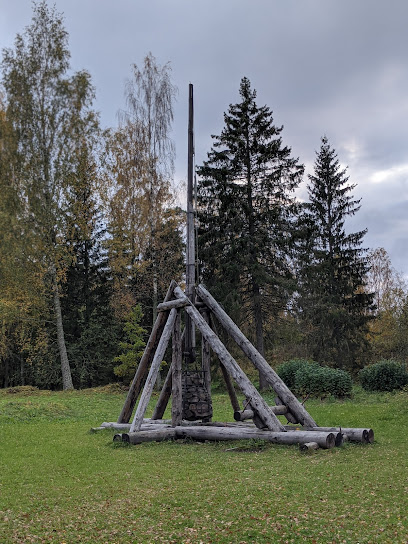
Mukri nature trail
Explore Mukri Nature Trail in Estonia - a serene hiking paradise with stunning views, diverse wildlife, and a tranquil escape into nature's beauty.
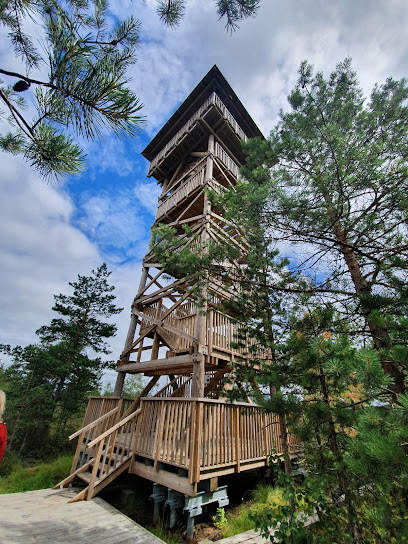
Pahkla Suurkivi
Discover the majestic Pahkla Suurkivi, a stunning natural landmark in Rapla County, steeped in history and surrounded by breathtaking landscapes.
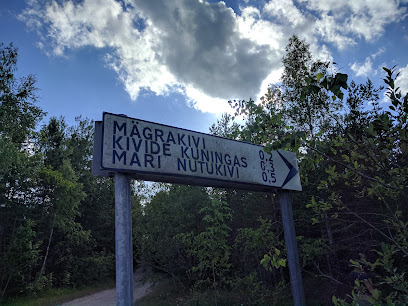
Nõmme inn
Experience the vibrant atmosphere of Nõmme Inn, where live music meets delectable dining in a charming Estonian setting.
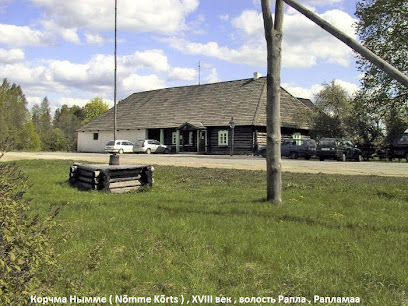
Rapla keskväljak
Experience the charm and tranquility of Rapla Central Square, a serene park perfect for leisure, culture, and local encounters in Estonia.
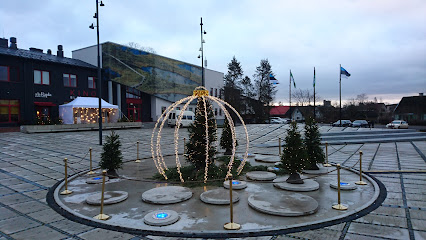
Maidla Nature Resort
Discover tranquility at Maidla Nature Resort, where natural beauty and modern comfort unite in Rapla County, Estonia.
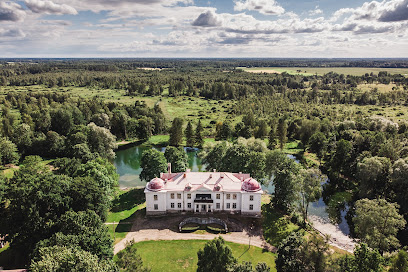
Farmburger
Discover Farmburger in Rapla for a flavorful fast food experience featuring gourmet burgers and a friendly atmosphere.
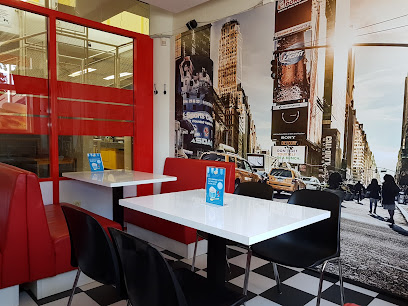
Järvakandi Glass Museum
Explore the enchanting world of glass art at Järvakandi Glass Museum, where history and craftsmanship come to life in stunning exhibits.
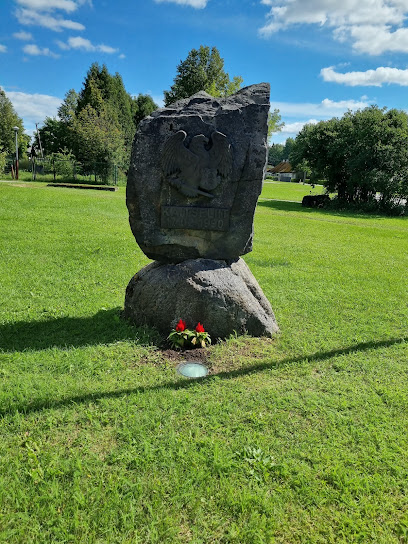
Maarja-Magdaleena kirik
Explore the beautiful Maarja-Magdaleena Church in Rapla, a stunning example of Lutheran architecture with rich history and serene surroundings.
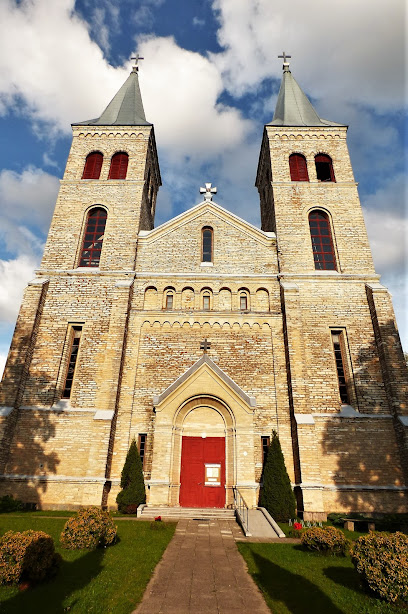
Rapla Jõepromenaad
Experience the tranquility of Rapla Jõepromenaad, a beautiful promenade perfect for relaxation, outdoor activities, and enjoying nature's beauty.
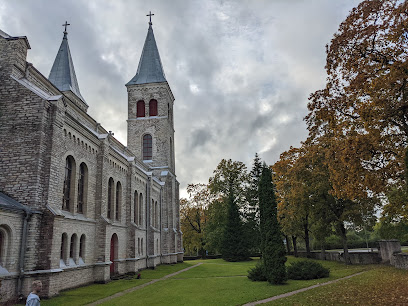
SushiMushi
SushiMushi in Rapla offers an authentic sushi experience with fresh ingredients and a cozy atmosphere perfect for all sushi lovers.
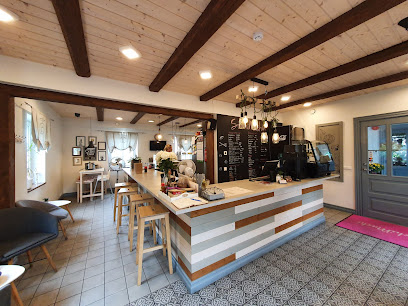
Raikküla Manor
Discover the historical charm and natural beauty of Raikküla Manor, a true Estonian treasure nestled in Rapla County.
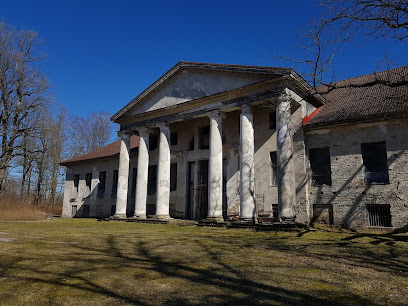
Rapla Jaam
Discover Rapla Jaam, a charming train station in Estonia that connects you to stunning landscapes and rich local culture for an unforgettable travel experience.
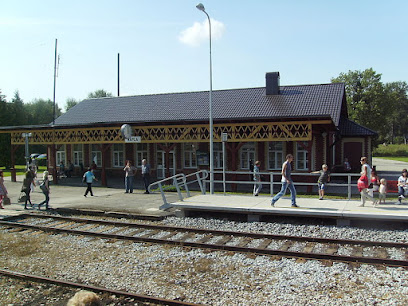
Rapla Ratsakool
Discover the beauty of equestrian life at Rapla Ratsakool in Estonia, where horse riding meets stunning natural landscapes and expert guidance.
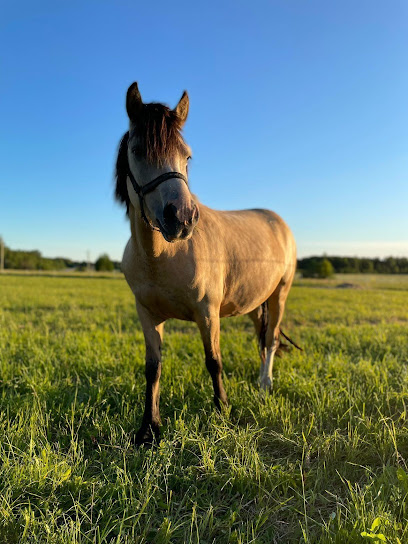
Märjamaa Loomaaed
Discover the enchanting Märjamaa Loomaaed, a perfect family-friendly zoo in Rapla County, offering unique wildlife experiences and serene natural beauty.
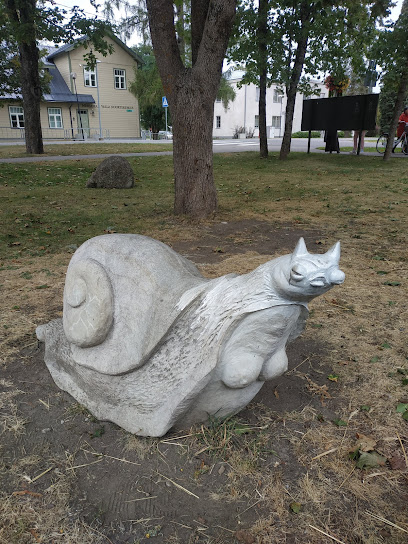
Unmissable attractions to see
Kadriorg Park
Discover the enchanting beauty of Kadriorg Park in Tallinn, a perfect blend of nature, history, and culture.
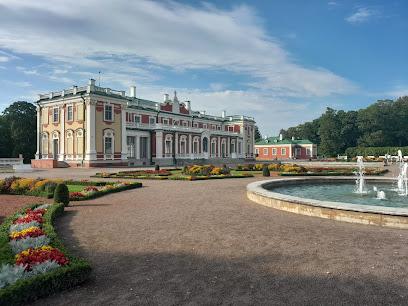
Freedom Square
Explore Freedom Square in Tallinn, a vibrant historical landmark celebrating Estonia's independence and rich cultural heritage with stunning architecture and lively events.
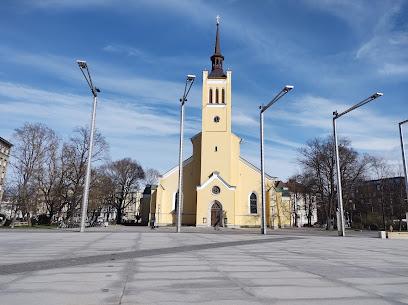
Tallinn Town Hall
Discover the historical charm of Tallinn Town Hall, a Gothic masterpiece at the heart of Estonia's capital, surrounded by vibrant culture and rich history.
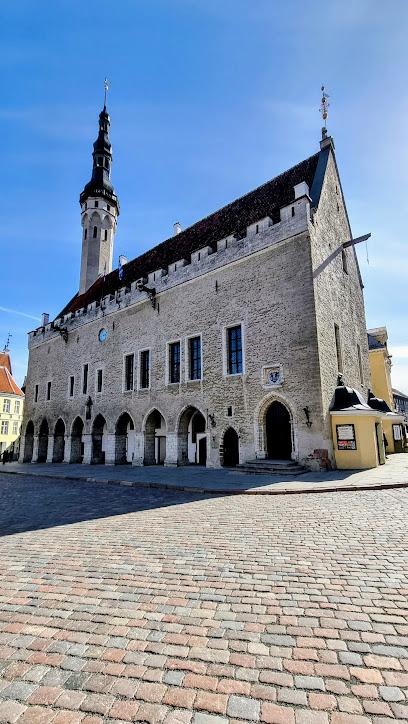
Alexander Nevsky Cathedral
Discover the architectural beauty and historical significance of Alexander Nevsky Cathedral, a cultural gem in Tallinn's heart.
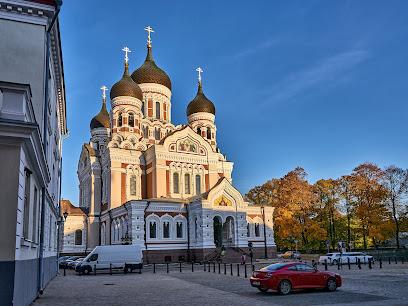
Tallinn Song Festival Grounds
Explore the Tallinn Song Festival Grounds: a cultural treasure in Estonia known for its stunning architecture and rich musical heritage.
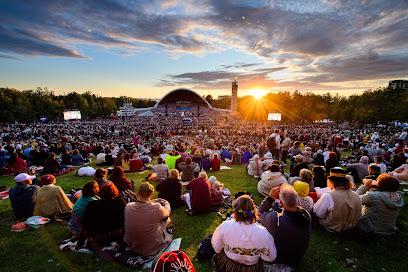
Kadriorg Art Museum
Discover the rich artistic heritage of Estonia at Kadriorg Art Museum, a breathtaking baroque palace and cultural treasure in Tallinn's serene Kadriorg Park.
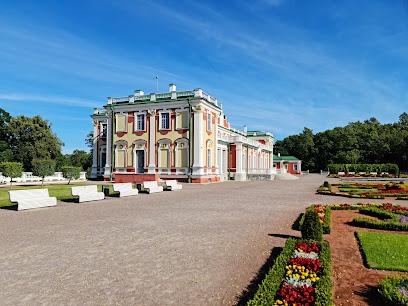
Kohtuotsa viewing platform
Experience breathtaking panoramic views of Tallinn's medieval skyline from the iconic Kohtuotsa Viewing Platform – a must-visit for every traveler.
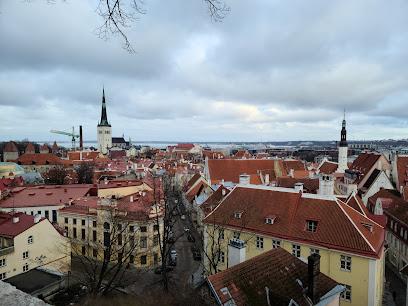
Estonian Art Museum (KUMU)
Discover Estonia's artistic heritage at the Estonian Art Museum (KUMU), a modern architectural gem in the heart of Tallinn, offering diverse exhibitions and rich cultural experiences.
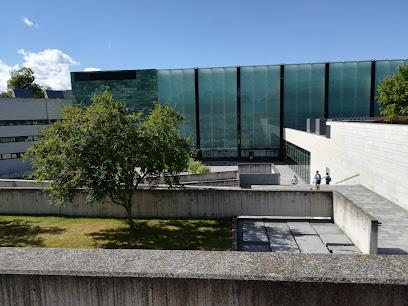
Port of Tallinn
Explore the vibrant Port of Tallinn, your gateway to the enchanting history and culture of Estonia's capital city.
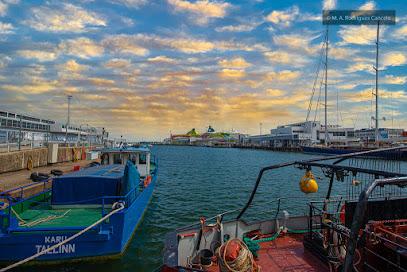
Estonian Open Air Museum
Discover the charm of Estonia's past at the Open Air Museum, where history comes alive through authentic architecture, crafts, and local traditions.

Patkuli Viewing Platform
Experience the stunning panoramic views of Tallinn from the Patkuli Viewing Platform, a must-visit tourist attraction in Estonia's charming capital.
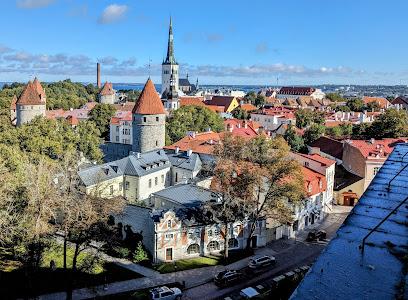
Telliskivi Creative City
Explore Telliskivi Creative City, Tallinn's cultural hub filled with shops, eateries, art, and vibrant community events in a historic industrial setting.
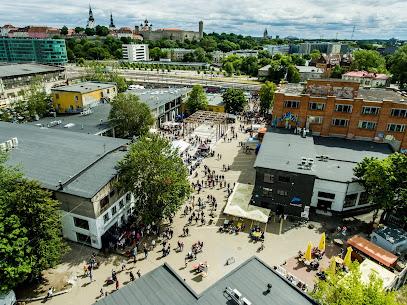
Estonian National Opera
Discover the Estonian National Opera, a cultural jewel in Tallinn offering mesmerizing performances of opera and ballet in a stunning architectural setting.
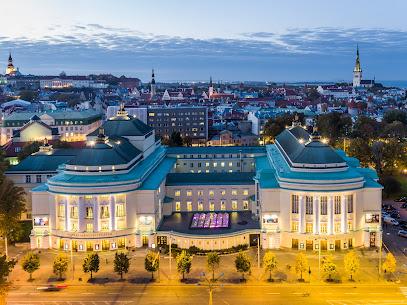
RUMMU
Explore Rummu, Estonia's stunning turquoise lake and historical quarry, where nature and history intertwine seamlessly for an unforgettable experience.
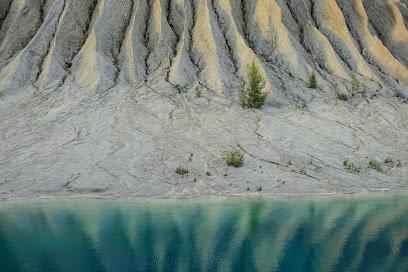
Japanese Garden
Experience tranquility amidst nature at Tallinn's Japanese Garden, a beautiful fusion of Japanese culture and serene landscapes within Kadriorg Park.

Essential places to dine
Meie Pubi
Discover authentic Estonian cuisine and warm hospitality at Meie Pubi in Rapla, where every meal tells a story.
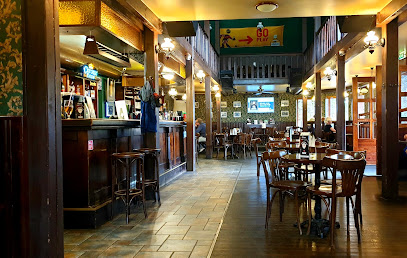
Rapla Rimi mini
Explore Rapla's vibrant grocery scene at Rimi Mini – fresh produce, local delicacies, and delicious pizza takeaway await!
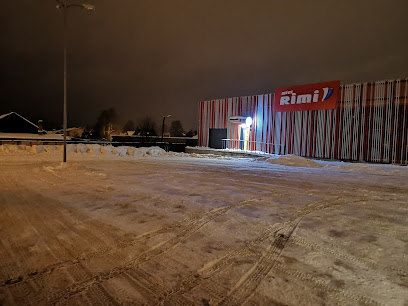
Pajuks OÜ
Discover Pajuks OÜ in Rapla County for mouthwatering fast food delights that satisfy every craving in a welcoming atmosphere.
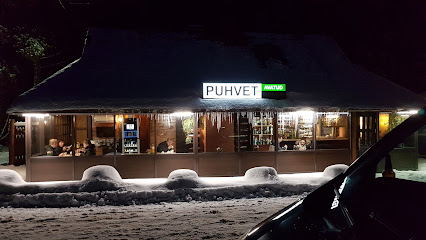
Arturi Trahter
Experience the warmth of Estonian hospitality at Arturi Trahter - where authentic cuisine meets charming ambiance.

Krantsi Kõrts
Discover the essence of Estonian cuisine at Krantsi Kõrts - where tradition meets hospitality in Raplamaa.
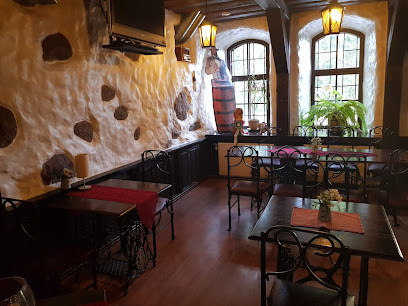
Loone villa
Experience local hospitality at Loone Villa in Kohila - an affordable bar where relaxation meets community spirit.
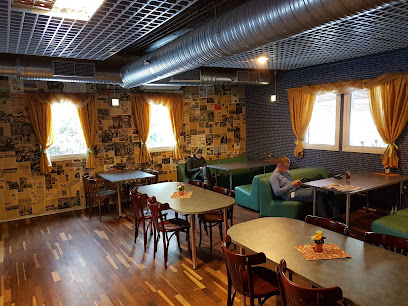
Pizzakiosk Rapla
Discover delicious takeout at Pizzakiosk Rapla - where authentic flavors meet convenience in the heart of Estonia.
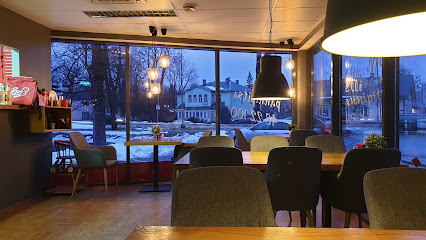
Kohila Pizza BUSSIKAS
Discover delectable pizzas at Kohila Pizza BUSSIKAS, where fast food meets friendly service in the charming town of Kohila.
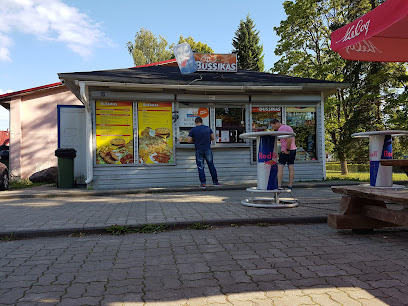
Ööbiku Resto
Discover authentic Estonian flavors at Ööbiku Resto in Kuimetsa – where every dish tells a story.
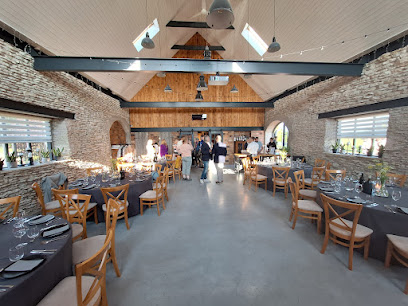
Ruunawere Postimõis Hotell
Discover culinary excellence and serene accommodations at Ruunawere Postimõis Hotell in beautiful Rapla County.
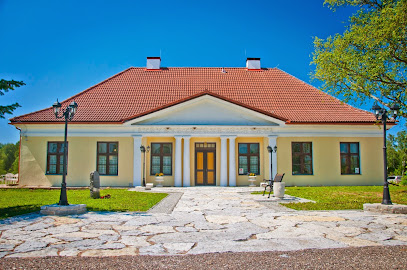
Hepa OÜ
Discover convenience at Hepa OÜ: fueling your journey with quality service including fast food, coffee shop delights, and grocery shopping.

Nõmme inn
Discover the vibrant culinary scene at Nõmme Inn, where delicious local cuisine meets lively entertainment in a charming setting.
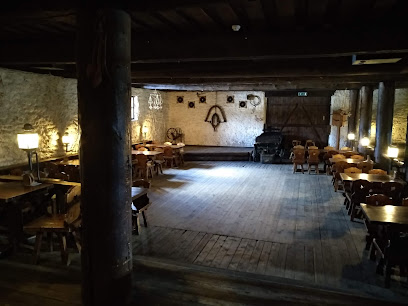
Karavani baar
Experience authentic Estonian hospitality at Karavani Baar in Rapla – where delightful drinks meet delicious local cuisine.
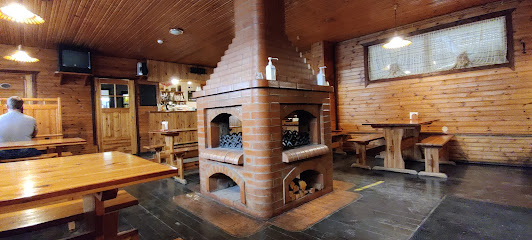
Rapla Bowling
Discover the excitement of bowling at Rapla Bowling - where fun meets friendly competition in the heart of Rapla County.
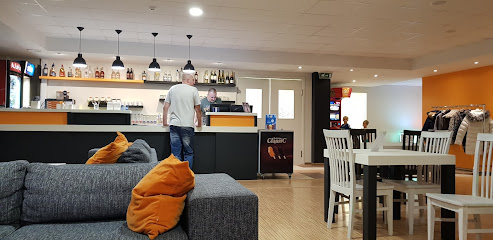
Marju Kohvik
Experience local flavors at Marju Kohvik - your cozy café destination in the heart of Rapla County.

Markets, malls and hidden boutiques
Rapla Selver
Discover Rapla Selver, a top supermarket in Estonia, offering a wide range of groceries, fresh produce, and local specialties for all your travel needs.
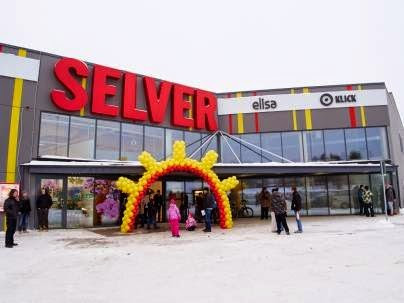
Rapla Konsum
Explore local flavors and products at Rapla Konsum, a vibrant store in the heart of Rapla, Estonia, offering a unique shopping experience.
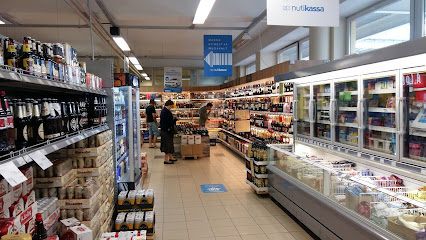
Magaziin
Explore Magaziin in Rapla for a unique selection of home goods and local craftsmanship, perfect for any home decor enthusiast.

Rappeli Shopping Center
Discover an array of shopping and dining experiences at Rappeli Shopping Center, the premier shopping destination in Rapla, Estonia.
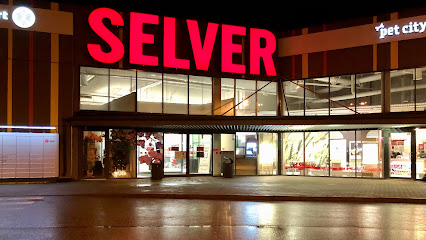
Realiseerimiskeskus
Shop smart at Realiseerimiskeskus in Rapla, where unbeatable discounts meet local charm. Experience budget-friendly shopping with a touch of Estonian culture.
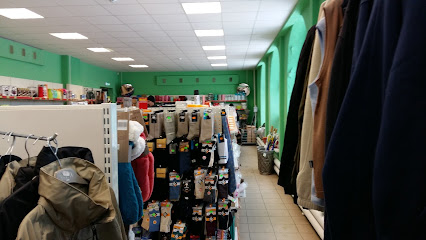
Prisma
Explore local flavors and everyday essentials at Prisma Supermarket in Uusküla, the perfect stop for tourists looking to immerse themselves in Estonian culture.
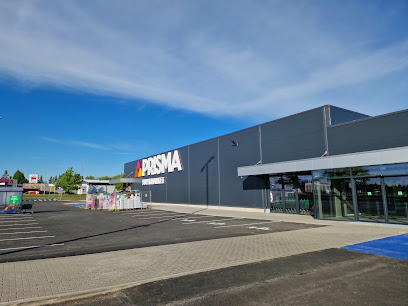
Meie Äri
Explore Meie Äri in Rapla, a unique used clothing store offering a treasure trove of pre-loved fashion at unbeatable prices.
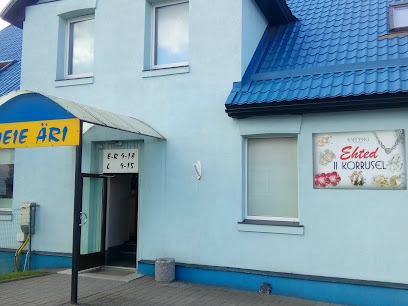
Sõbralt Sõbrale
Explore Sõbralt Sõbrale in Rapla for unique second-hand finds, vintage treasures, and sustainable shopping experiences in a charming atmosphere.
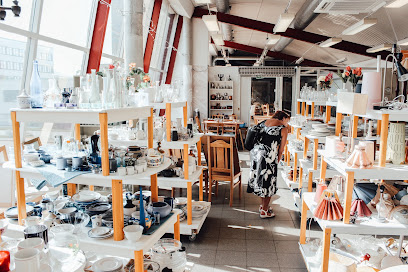
TaevaniMaani
Explore TaevaniMaani for handmade pottery and unique crafts, capturing the spirit of Estonia in every piece.
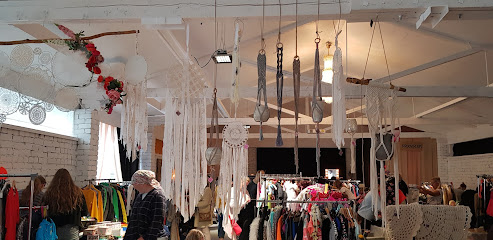
Maarahva Pood
Explore Maarahva Pood in Rapla, Estonia – where gardening dreams blossom and unique decor awaits discovery.
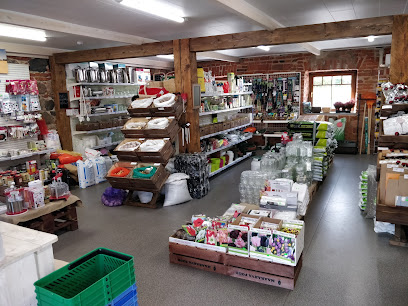
Ristiku pood
Explore Ristiku Pood in Rapla, Estonia – a vibrant produce market offering fresh local flavors and artisanal goods.
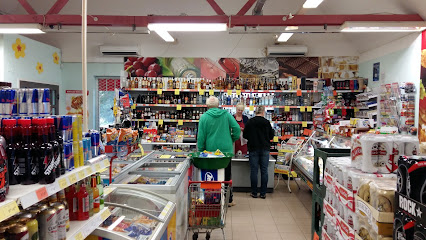
noobiina tuba
Explore the artistic treasures of Estonia at Noobiina Tuba, Rapla's premier craft store, offering unique handmade finds and local artistry.
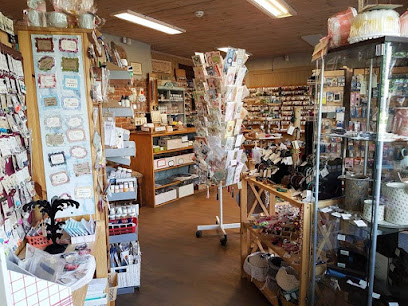
Candy Boutique
Explore a sweet paradise at Candy Boutique in Rapla, offering a delightful range of confections to satisfy your cravings.
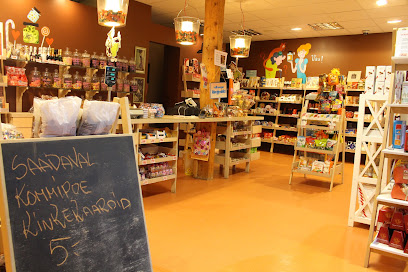
Rabav Raplamaa Pood
Explore Rabav Raplamaa Pood for unique Estonian crafts and souvenirs, capturing the spirit of Rapla County's rich cultural heritage.
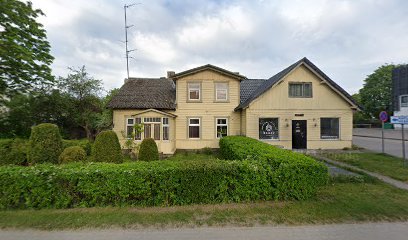
Kingsepp ja võtmemeister
Explore the vibrant world of handcrafted treasures at Kingsepp ja võtmemeister, where Estonian artisans bring their creations to life.
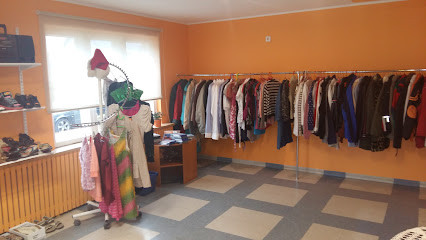
Essential bars & hidden hideouts
Meie Pubi
Discover the essence of Estonian culture at Meie Pubi, a cozy pub in Rapla offering delicious local cuisine and a welcoming atmosphere.

Rapla Rimi mini
Experience the taste of Rapla at Rimi Mini, your go-to grocery store and pizza takeaway for local delicacies in Estonia.
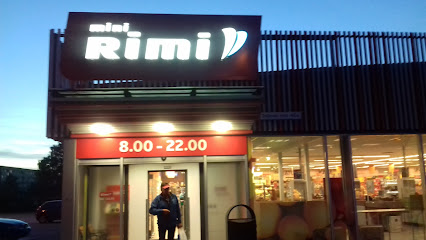
Ruut 66 Pub
Discover the charm of Estonian culture at Ruut 66 Pub, where hearty meals and local brews await in a cozy setting.
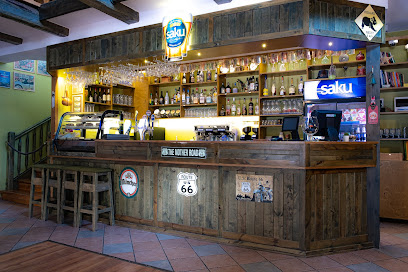
Arturi Trahter
Discover the authentic flavors of Estonia at Arturi Trahter, a cozy restaurant in Valtu, offering affordable local cuisine in a welcoming atmosphere.

Krantsi Kõrts
Discover the flavors of Estonia at Krantsi Kõrts, a charming restaurant and cabin retreat nestled in the scenic landscapes of Rapla County.
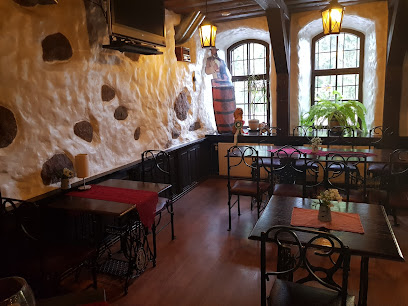
Mill Bar
Discover the charm of Mill Bar in Kohila, where local flavors and a cozy atmosphere create an unforgettable experience for every traveler.
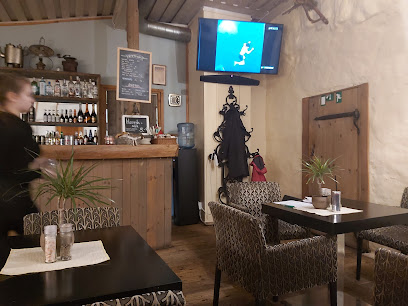
Loone villa
Discover the cozy ambiance and delightful drinks at Loone Villa, a charming bar in the heart of Kohila, ideal for relaxation and social gatherings.
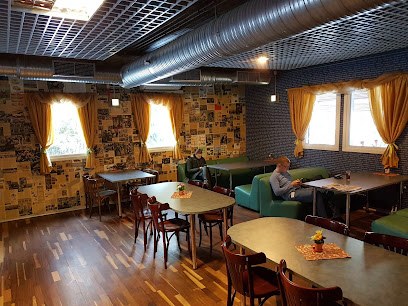
Nõmme inn
Discover the unique blend of local cuisine and live music at Nõmme Inn, a must-visit dining destination in the heart of Nõmme village.
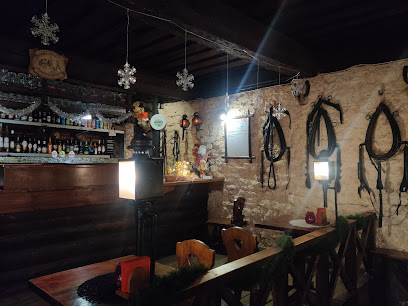
Karavani baar
Experience the essence of Estonian hospitality at Karavani Baar in Rapla, where local drinks and a cozy atmosphere await.
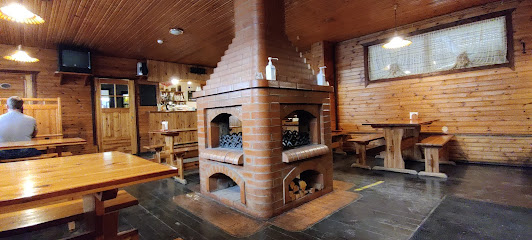
Marju Kohvik
Experience the heart of Estonian culture at Marju Kohvik, a cozy café in Rapla offering delightful local flavors and a warm atmosphere.
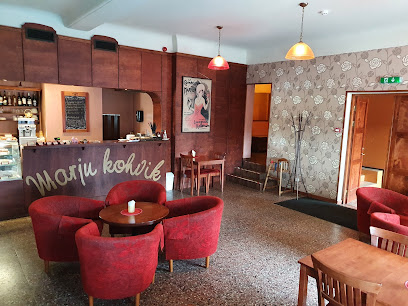
Hollivuud
Discover the vibrant culinary scene at Hollivuud in Rapla, where local flavors meet modern dining for an unforgettable experience.
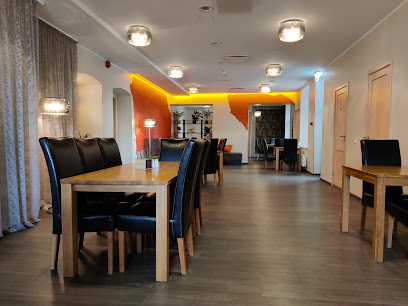
Harda baar
Discover the warm hospitality and vibrant atmosphere of Harda Baar, a premier bar in Märjamaa, offering a delightful array of drinks and local charm.
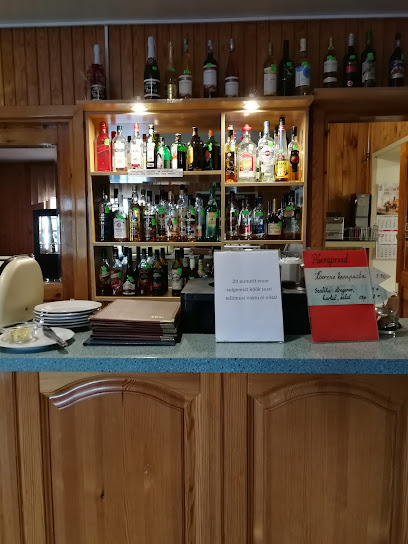
Rebaseurg
Discover the local charm of Rebaseurg, Rapla's favorite bar offering a delightful selection of drinks in a cozy atmosphere.
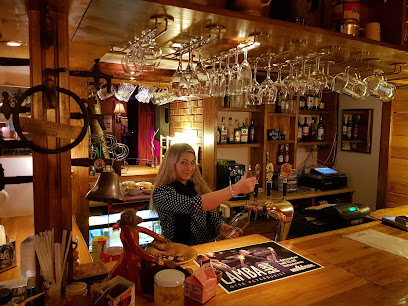
Märjamaa Hostel & Pubi
Discover the unique charm of Märjamaa Hostel & Pubi, where local flavors meet cozy accommodations in the heart of Estonia's beautiful countryside.

Piccolo Pizza
Discover the ultimate pizza experience at Piccolo Pizza in Rapla, where fresh ingredients meet a cozy atmosphere for unforgettable fast food.
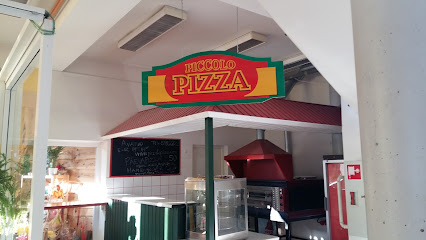
Local Phrases
-
- HelloTere
[teh-reh] - GoodbyeHead aega
[heh-d ah-eh-gah] - YesJah
[yah] - NoEi
[ay] - Please/You're welcomePalun
[pah-loon] - Thank youAitäh
[eye-teh] - Excuse me/SorryVabandust
[vah-bahn-doost] - How are you?Kuidas sul läheb?
[kwee-dahs sool leh-heb] - Fine. And you?Hästi. Ja sina?
[hah-stee yah see-nah] - Do you speak English?Kas sa räägid inglise keelt?
[kahs sah raah-gid een-glee-seh kehlt] - I don't understandMa ei saa aru
[mah ay sah ah-roo]
- HelloTere
-
- I'd like to see the menu, pleaseMa sooviksin menüüd näha, palun
[mah soh-veek-seen meh-nooood nah-hah pah-loon] - I don't eat meatMa ei söö liha
[mah ay soh lee-hah] - Cheers!Terviseks!
[tehr-vee-sehks] - I would like to pay, pleaseMa sooviksin maksta, palun
[mah soh-veek-seen mahk-stah pah-loon]
- I'd like to see the menu, pleaseMa sooviksin menüüd näha, palun
-
- Help!Appi!
[ah-pee] - Go away!Mine minema!
[mee-neh mee-neh-mah] - Call the Police!Kutsu politsei!
[koot-soo poh-lee-tseh] - Call a doctor!Kutsu arst!
[koot-soo ah-rst] - I'm lostMa olen eksinud
[mah oh-lehn ehk-see-noo-d] - I'm illMa olen haige
[mah oh-lehn hah-ee-geh]
- Help!Appi!
-
- I'd like to buy...Ma tahaksin osta...
[mah tah-hahk-seen oh-stah] - I'm just lookingMa lihtsalt vaatan
[mah leekh-tsalt vah-tahn] - How much is it?Kui palju see maksab?
[kwee pahl-yoo seh mahk-sahb] - That's too expensiveSee on liiga kallis
[seh ohn lee-gah kahl-lees] - Can you lower the price?Kas sa saaksid hinda alandada?
[kahs sah sah-ahk-seed heen-dah ah-lahn-dah-dah]
- I'd like to buy...Ma tahaksin osta...
-
- What time is it?Mis kell on?
[mees kell ohn] - It's one o'clockOn üks tund
[ohn uks toond] - Half past (10)Pool (10)-ni
[pohl (10)-nee] - MorningHommik
[hohm-meek] - AfternoonPäev
[piehv] - EveningÕhtu
[ohth-oo] - YesterdayEile
[eh-leh] - TodayTäna
[tah-nah] - TomorrowHomme
[hohm-meh] - 1Üks
[ooks] - 2Kaks
[kahks] - 3Kolm
[kohlm] - 4Neli
[neh-lee] - 5Viis
[vees] - 6Kuus
[koos] - 7Seitse
[site-seh] - 8Kaheksa
[kah-heh-ksah] - 9Üheksa
[ueh-heh-ksah] - 10Kümme
[koom-meh]
- What time is it?Mis kell on?
-
- Where's a/the...?Kus on ...?
[koos ohn] - What's the address?Mis on aadress?
[mees ohn ah-ah-dress] - Can you show me (on the map)?Kas sa saaksid mulle näidata (kaardil)?
[kahs sah sah-ahk-seed mool-leh nah-ee-tah-dah kaahr-deel] - When's the next (bus)?Millal on järgmine (buss)?
[meel-lahl ohn yairg-mee-neh boos] - A ticket (to ....)Pilet (....-ni)
[pee-leht (...-nee)]
- Where's a/the...?Kus on ...?
History of Rapla
-
Rapla, located in central Estonia, has roots tracing back to ancient times. Archaeological findings suggest that the area was inhabited as early as the Stone Age. These early settlers were likely attracted to the region due to its fertile lands and abundant natural resources.
-
The medieval period marked significant growth for Rapla. The town became strategically important due to its position along trade routes connecting different parts of Estonia. During this time, the construction of the first church in Rapla began, which later evolved into the impressive Rapla Maarja-Magdaleena Church, a landmark that still stands today.
-
In the 13th century, Rapla came under the influence of the Livonian Order, a crusading military order. This period saw the integration of Rapla into the network of the Hanseatic League, which facilitated trade and economic development. The town thrived as a commercial hub, dealing in goods like grain, timber, and textiles.
-
The 16th and 17th centuries saw Rapla changing hands between Swedish and Russian control during numerous conflicts, including the Livonian War and the Great Northern War. Swedish rule brought administrative reforms and improved infrastructure, while Russian dominance introduced a new layer of cultural and political influence.
-
The 19th century was a transformative period for Rapla, marked by industrialization and modernization. The introduction of the railway in 1901 connected Rapla to larger Estonian cities like Tallinn and Tartu, significantly boosting local commerce and industry. This period also saw the rise of national consciousness and cultural movements among Estonians.
-
Following Estonia's declaration of independence in 1918, Rapla experienced a brief period of national growth and development. The interwar years were marked by efforts to build a strong Estonian state, with investments in infrastructure, education, and culture in towns like Rapla.
-
The tumultuous period of World War II and subsequent Soviet occupation brought significant changes to Rapla. The town, like much of Estonia, faced political repression and economic hardship under Soviet rule. However, this era also saw the construction of new buildings and industrial facilities that shaped the modern landscape of Rapla.
-
With the restoration of Estonian independence in 1991, Rapla began a new chapter. The town has since focused on revitalizing its historical sites, promoting cultural heritage, and modernizing its infrastructure. Today, Rapla is known for its vibrant community life, historical significance, and scenic landscapes, making it a fascinating destination for visitors.
Rapla Essentials
-
Rapla is located in the central part of Estonia, about 50 kilometers southwest of Tallinn. The nearest international airport is Lennart Meri Tallinn Airport. From Tallinn, you can reach Rapla by train, bus, or car. Trains run frequently from Tallinn to Rapla and the journey takes approximately 1 hour. Buses are also available and take around the same time. If you prefer to drive, you can rent a car and take the E67 highway directly to Rapla.
-
Rapla is a small town, and its main attractions are within walking distance from each other. For longer distances, local buses and taxis are readily available. Biking is also a popular way to get around, and there are bike rental services in town. If you plan to explore the surrounding countryside, renting a car can be a convenient option.
-
The official currency in Estonia is the Euro (EUR). Credit and debit cards are widely accepted in most hotels, restaurants, and shops in Rapla. ATMs are available throughout the town for cash withdrawals. It is advisable to carry some cash, especially when visiting smaller shops and rural areas where card payments might not be accepted.
-
Rapla is generally a safe destination for tourists. However, it is always wise to take standard precautions. Avoid walking alone late at night in unfamiliar areas and keep your belongings secure in crowded places. There are no specific high-crime areas targeting tourists, but staying vigilant is always recommended.
-
In case of emergency, dial 112 for immediate assistance. This number can be used for police, fire, and medical emergencies. Rapla has a local police station and a medical clinic that can handle emergencies. It is also recommended to have travel insurance that covers medical emergencies. Pharmacies are available in town for over-the-counter medications and minor health issues.
-
Fashion: Do dress comfortably and appropriately for the weather. In religious sites, modest clothing is recommended. Religion: Do respect local customs and traditions. When visiting churches, it is considerate to cover your head and wear modest attire. Public Transport: Do be respectful and offer your seat to elderly passengers. Don’t make loud noises or eat on public transport. Greetings: Do greet people with a handshake. Estonians appreciate politeness, so a friendly 'Tere' (hello) is always welcomed. Eating & Drinking: Do try local dishes and beverages. Don’t refuse hospitality, as it is considered impolite.
-
To experience Rapla like a local, visit the local markets and small cafes where you can enjoy traditional Estonian food. Engage with the locals; they are usually friendly and willing to share stories about their town. Don’t miss the opportunity to explore the surrounding nature trails and the nearby Keava bog, which offers beautiful scenery and a peaceful atmosphere. Attending local events and festivals can also provide a deeper understanding of the culture and lifestyle in Rapla.
Nearby Cities to Rapla
-
Things To Do in Paide
-
Things To Do in Tallinn
-
Things To Do in Pärnu
-
Things To Do in Haapsalu
-
Things To Do in Viljandi
-
Things To Do in Rakvere
-
Things To Do in Kärdla
-
Things To Do in Helsinki
-
Things To Do in Tartu
-
Things To Do in Espoo
-
Things To Do in Jõhvi
-
Things To Do in Valga
-
Things To Do in Kuressaare
-
Things To Do in Porvoo
-
Things To Do in Võru










